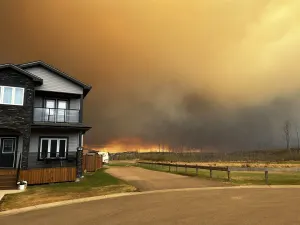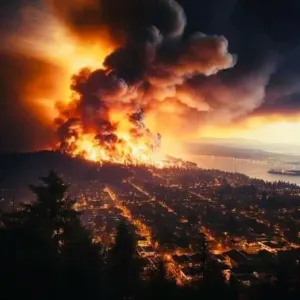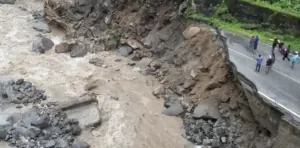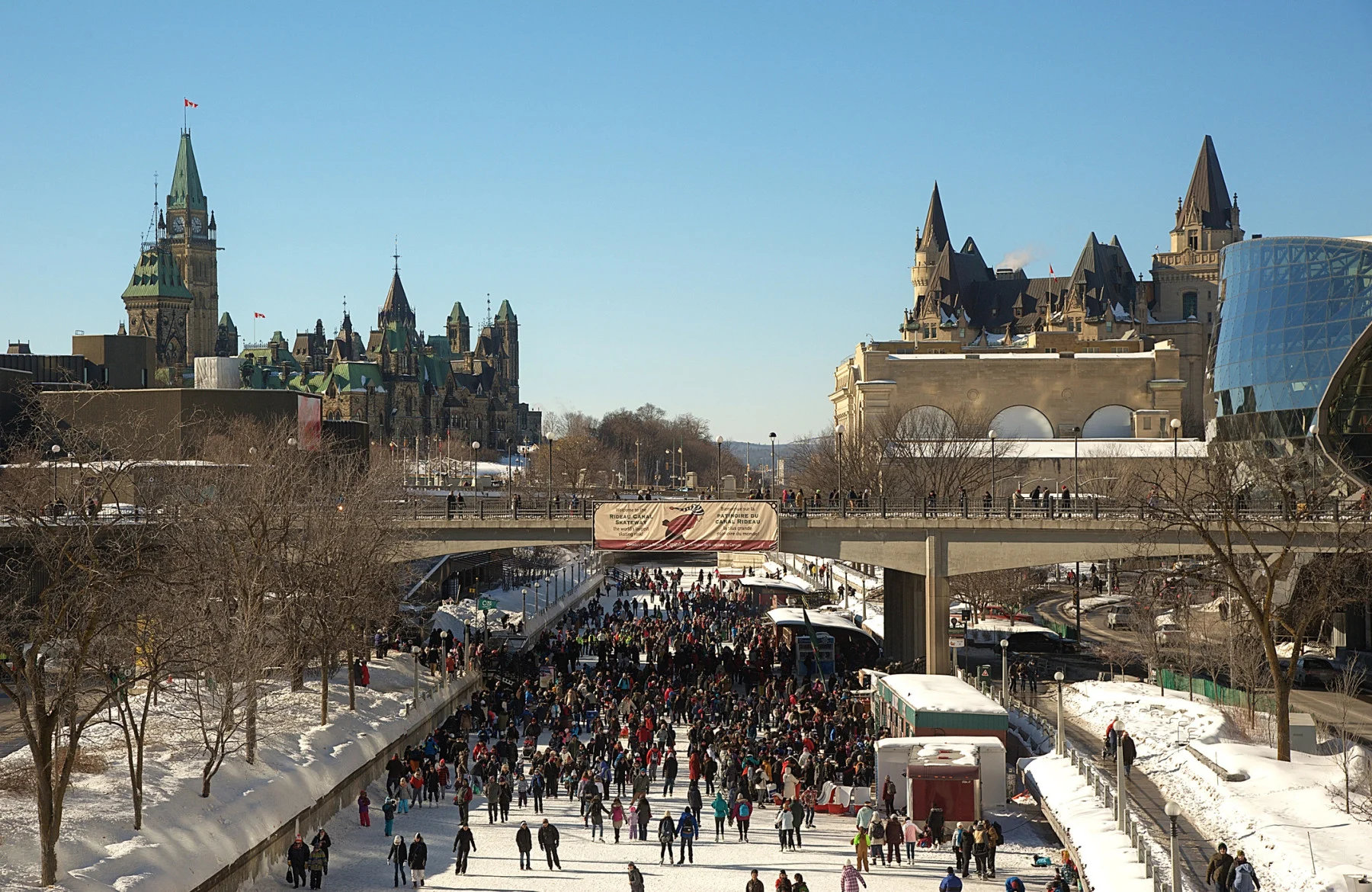
How the Rideau Canal skating season will survive in a warming world
Warming temperatures and more rainfall during the winter months threaten to reduce the number of days that people can skate on the iconic Rideau Canal, but scientists are exploring ways to protect the ice.
Famous for being the largest skating rink on the planet, the Rideau Canal Skateway in Canada’s capital city draws hundreds of thousands each year when it freezes during the winter months.
Historically, skating has been available from January to early March, but rising atmospheric temperatures threaten to reduce the season’s duration.
“The skating season is 47 days. It used to be a little bit [longer] than that in the ’50s to early ’70s, so it has reduced somewhat in the past years,” Bruce Devine, senior manager of facilities and programs for the National Capital Commission (NCC), told The Weather Network.
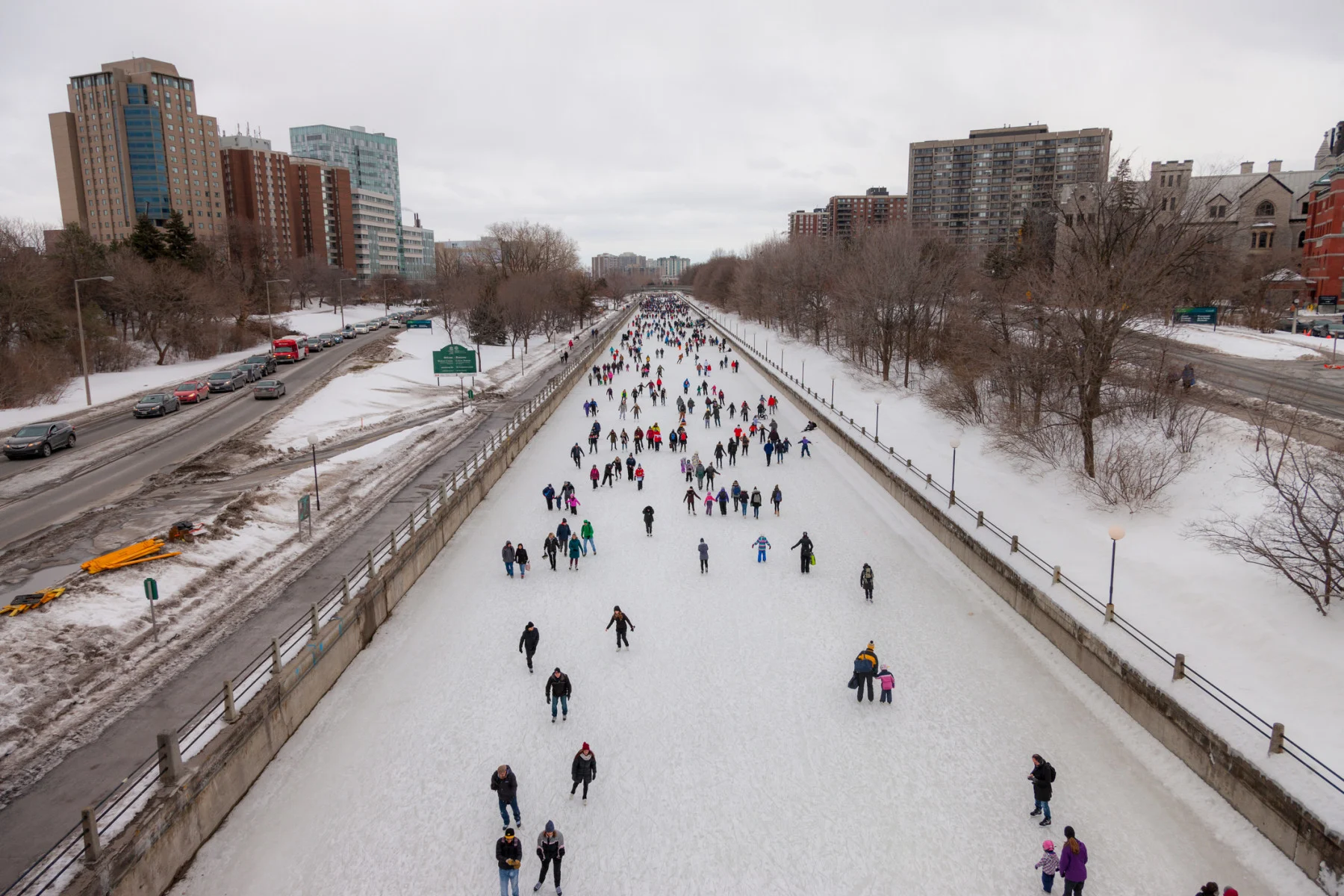
February 17, 2018. Each winter when the Rideau Canal in Canada's capital city freezes, it is transformed into the "Worlds Largest Skaing Rink" as designated by Guinness World Records. While it may be closed from time to time if the weather is too warm, the 7.8km (4.8 mile) canal see's more than one million visitors each winter. (Mark Spowart/ Getty Images)
At least 10 consecutive days with overnight lows of -10°C or below and daily highs of -5°C or below are needed for the Skateway to be safe for skating, but these conditions are not as guaranteed as they once were. In addition to abnormally warm temperatures, impacts such as increasingly frequent and severe rainfall during the winter are being closely studied.
“Climate change is definitely going to have an effect on different weather patterns locally over short periods of time,” Shawn Kenny, a civil engineering professor at Carleton University, told The Weather Network.
See also: Ice can be a problem for wind turbines. Here's a Canadian company's solution
To learn more about ice science and technological solutions that could protect and extend the skating season, a four-year collaboration was established between the NCC and Carleton University in 2022.
The first two years of the partnership will focus on research and data collection to learn more about local weather patterns in hopes of improving resilience to future changes in the climate. Kenny explained that the research indicates the importance of focusing on ice growth early in the season because there is minimal control over how the ice degrades when spring temperatures arrive.
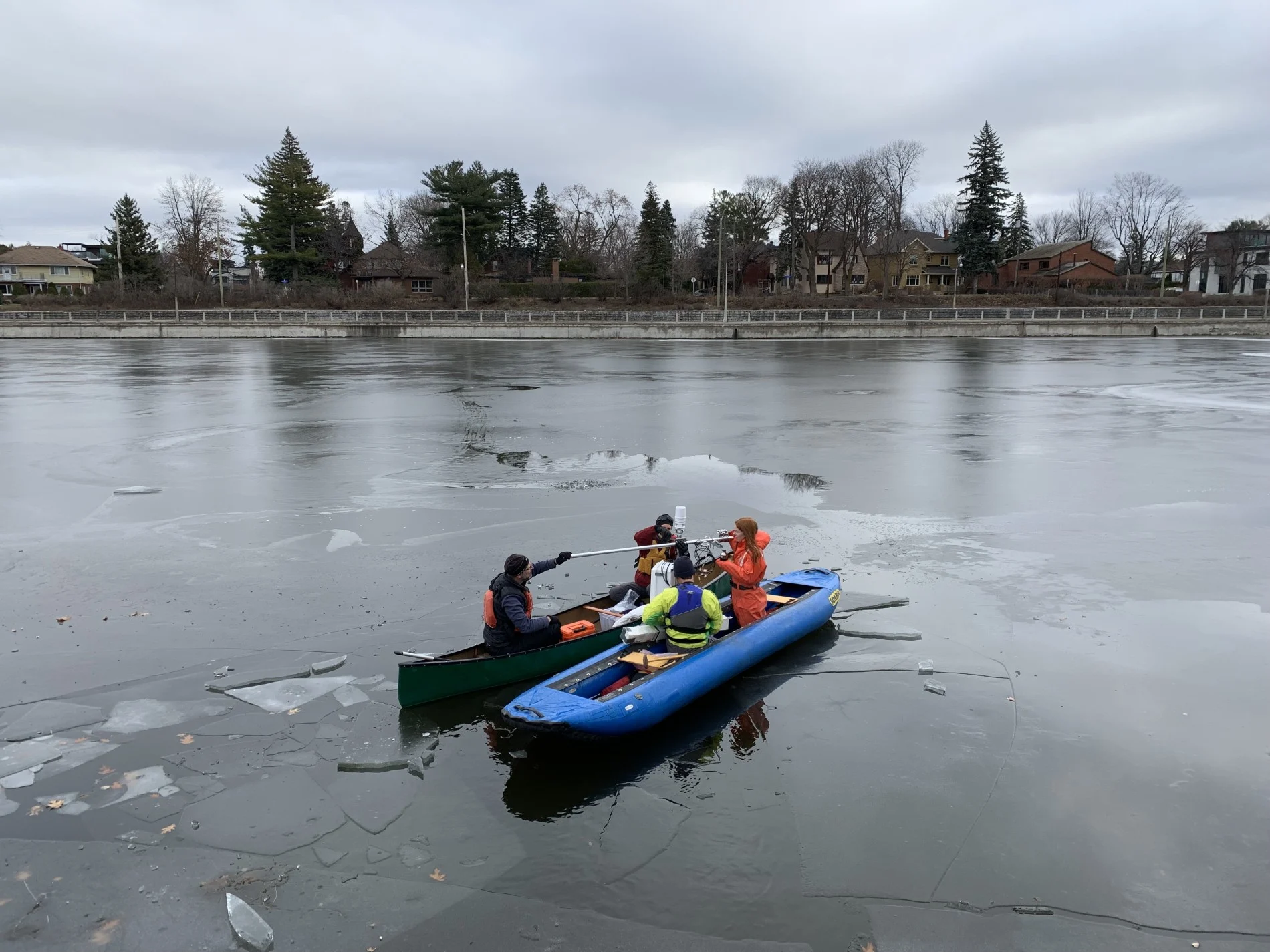
Installing the weather station on the Rideau Canal. (Shawn Kenny)
“For example, can we actually model ice growth to see if that correlates with the opening and closing of that season? We can also try to look at climate change projections, which we expect to maybe see about one-third fewer days below -10°C,” Kenny explained.
The following years will then be largely focused on developing and testing snow fans, thermosyphons, and enhanced snow management strategies. The snow fans that are being tested on the canal are the same type of technology as the fans used on ski hills to create snow.
“If we have some sort of crystallization or seeding agents such as the snowflakes coming from the snow fan itself, we may be able to initiate that ice cover and growth early based on the conditions,” said Kenny.
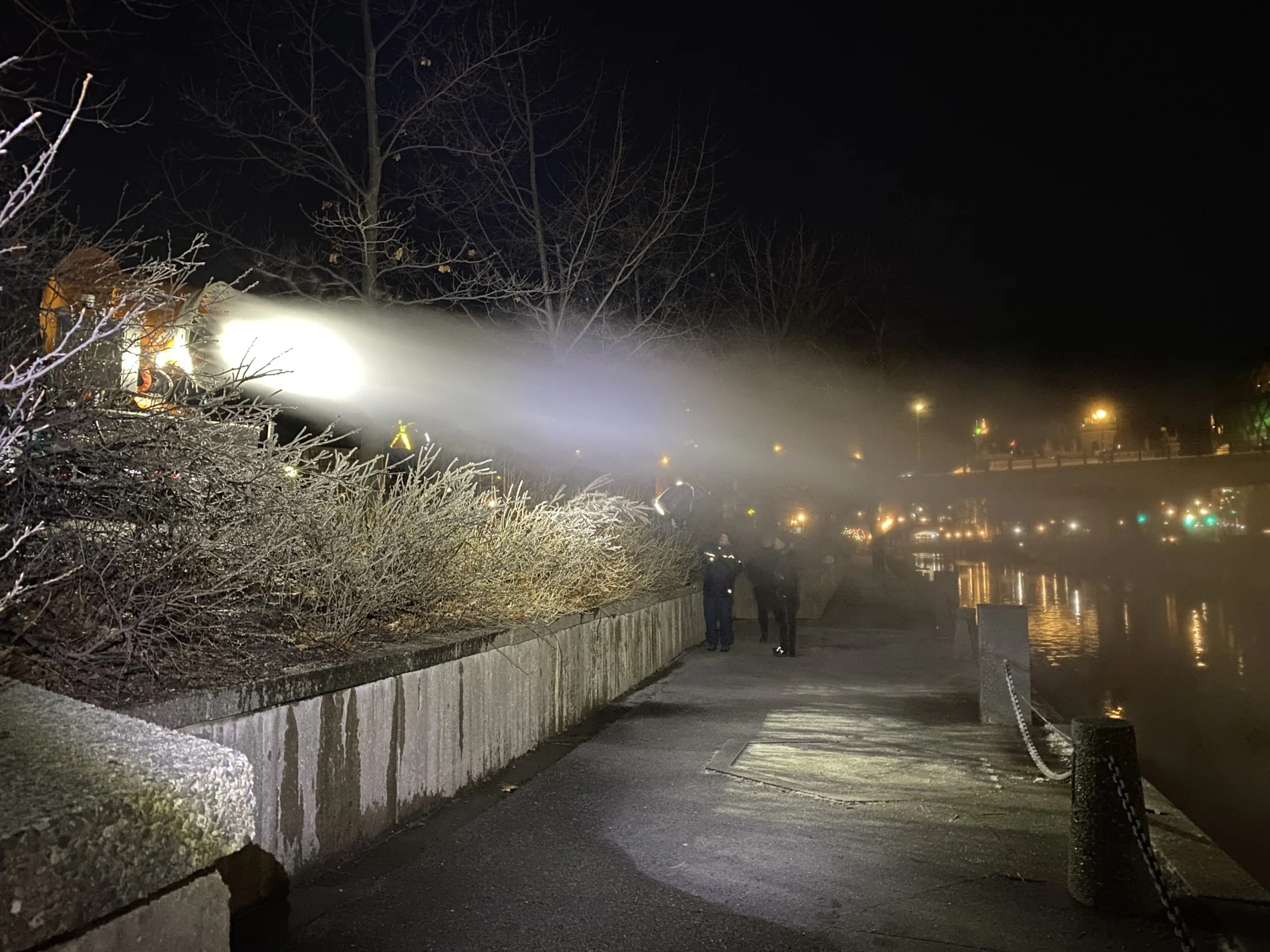
Snow fan testing in progress. (National Capital Commission)
Thermospyhons are another option that could keep the canal frozen. These closed-loop systems are used in permafrost regions and keep the ground frozen by removing heat from below the surface.
“It's a matter of just trying to figure out what technologies work and what is their benefit for promoting ice growth and sustaining the stability of the ice cover. Then from the operation side, they have to worry about the costs and labour required to operate the systems,” Kenny said.
Watch below: What a rare “triple dip” La Niña means in a warming world
Snow management is also an important strategy the team is considering because snow is actually detrimental to ice growth. Some solutions include compressing the snow or flooding the snow-covered ice to encourage the formation of new ice.
The Rideau Canal is an iconic feature in Ottawa and holds significant cultural and historic value, which is why there is such a strong commitment to preserving the skating season.
“The surroundings are just spectacular. This is the 53rd season and there are all kinds of human stories amongst people that have created beautiful memories,” said Devine. “I believe this is why it's so special and why people want to have a positive skating experience on this ice rink.”
Thumbnail image: The Rideau Canal is turned into the world's largest skating rink each winter. In the background are Canada's Parliament building and the Chateau Laurier hotel. (Saffron Blaze/ Getty Images)








